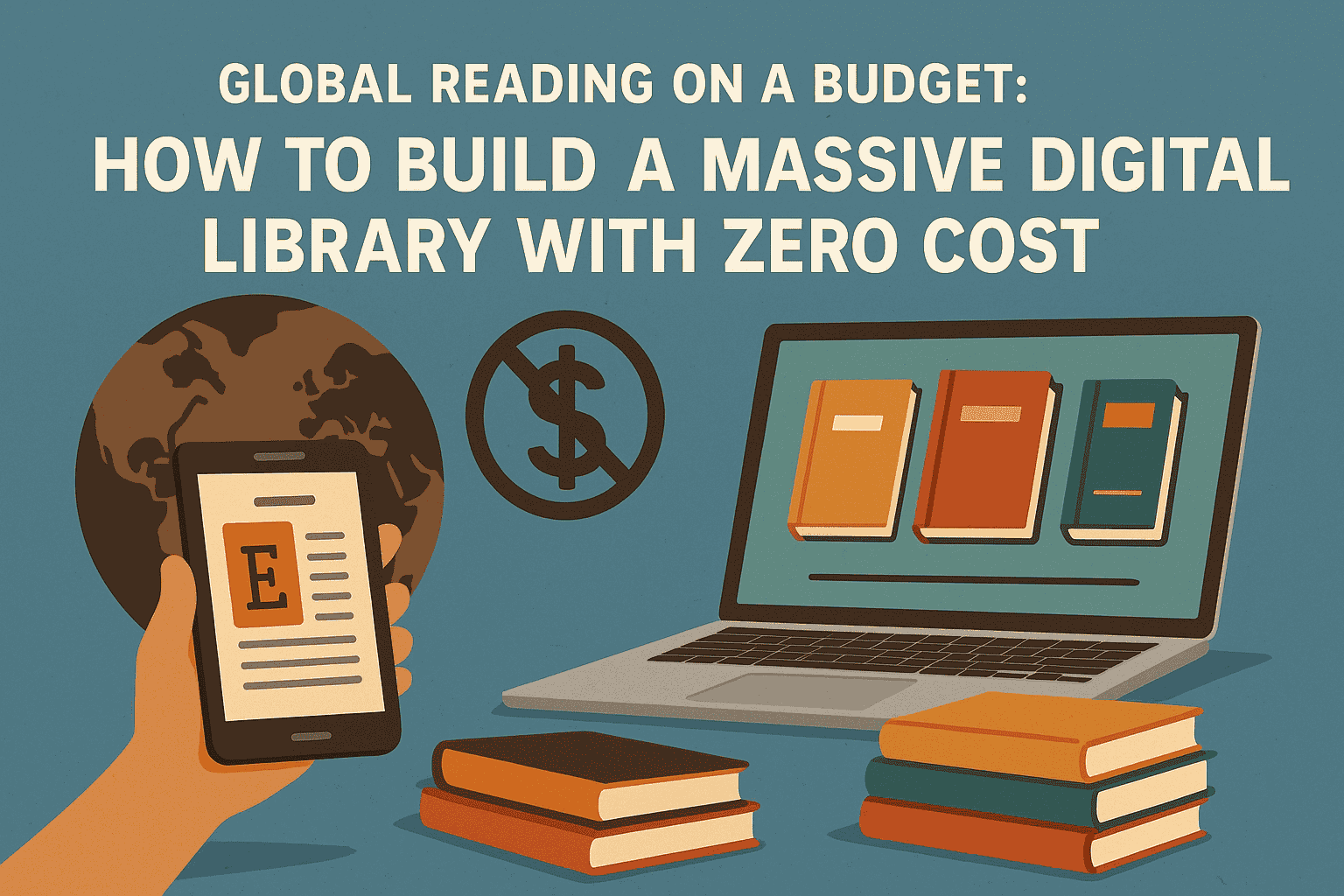Exploring Educational Inequality Through Scholarship Narratives
In contemporary fiction, scholarship stories have emerged as powerful lenses through which readers can explore the broader issue of educational inequality. These narratives, centered on characters who receive scholarships to access otherwise unattainable academic opportunities, often serve as mirrors to the systemic imbalances present in real-world education systems.
While scholarships are framed as lifelines and gateways to a better future, the very need for them often underscores how unequal and inaccessible education truly is for many.
Through the personal struggles, triumphs, and setbacks of scholarship recipients, authors reveal the cracks in the meritocratic ideal. These characters frequently come from marginalized communities—economically disadvantaged, racially excluded, or otherwise marginalized—highlighting the structural barriers they must overcome. As such, scholarship narratives do more than tell success stories; they illuminate the persistent disparities in access, quality, and equity in education.
This blog post explores how scholarship-themed novels tackle educational inequality, challenging romanticized ideas of meritocracy while offering a critique of privilege, systemic bias, and the socioeconomic gap in educational opportunities.
1. The Scholarship as a Symbol of Division
Scholarships often serve as literary symbols of the divide between those who have and those who do not. In many novels, the scholarship student is portrayed as the "exception"—a standout from a disadvantaged background who is plucked from obscurity and thrust into an elite academic environment. This contrast immediately highlights inequality: while one character fights for their chance, others in the same space take their access for granted.
In Prep by Curtis Sittenfeld, protagonist Lee Fiora, a middle-class girl from Indiana, wins a scholarship to attend a prestigious East Coast boarding school. Her presence in a world of immense privilege underscores the vast chasm between her experiences and those of her wealthy peers. The novel deftly captures the alienation Lee feels, not just socially but institutionally. Her story reveals how scholarships may open doors—but they don’t erase the profound differences in lived experience, cultural capital, and expectations.
2. Structural Barriers Before Opportunity
One of the most revealing aspects of scholarship narratives is how much effort characters must exert just to reach the starting line. For many, simply qualifying for a scholarship requires navigating underfunded schools, unstable home lives, and limited resources—barriers that their wealthier counterparts rarely face.
In Brown Girl Dreaming by Jacqueline Woodson, although the book is a poetic memoir rather than a traditional novel, the themes still resonate. Woodson’s reflections on race, class, and education in mid-20th-century America expose the systemic disadvantages that shape her academic journey. The idea of being "lucky" to access education, rather than it being a right, is a persistent motif. Scholarship narratives like this highlight the deep-rooted inequities that make higher education a privilege rather than a guarantee for many.
3. Race, Class, and the Scholarship Experience
Scholarship students in fiction are often burdened not only by financial insecurity but also by the emotional labor of representing their race, class, or culture in predominantly white or affluent institutions. This duality—being both hyper-visible and invisible—is a recurring theme in novels that explore educational inequality.
In Dear Martin by Nic Stone, Justyce McAllister is a Black teenager who attends a majority-white private school on scholarship. He excels academically but constantly wrestles with microaggressions, racial profiling, and feelings of not belonging. The scholarship is a ticket into elite spaces, but it does not shield him from the systemic racism embedded in those institutions. Through Justyce’s eyes, the novel critiques the notion that education is a great equalizer when the playing field remains uneven.
Similarly, in The Hate U Give by Angie Thomas, Starr Carter’s scholarship allows her to attend a prep school far from her working-class Black neighborhood. Her academic opportunity creates a dual identity—code-switching between two worlds, neither of which fully accepts her. Thomas uses this narrative tension to lay bare the emotional toll of educational inequality, especially when it intersects with race and social class.
4. The Illusion of Meritocracy
At the heart of many scholarship narratives is a confrontation with the myth of meritocracy—the belief that anyone can succeed if they work hard enough. While novels often showcase characters who do achieve success, they also expose how the system favors those who already have certain privileges.
In Admission by Jean Hanff Korelitz, the politics of college admissions are put under a microscope. The novel offers a behind-the-scenes look at how subjective and biased the process can be, often favoring legacy applicants or those with access to better preparation. While not centered on a scholarship student per se, the book serves as a broader commentary on how educational access is manipulated by wealth and influence. In this context, scholarship recipients are exceptions in a system designed to serve the elite.
5. Community vs. Individual Success
Many scholarship-themed novels also grapple with the tension between personal advancement and communal obligation. Characters often carry the hopes of their families or communities, and their educational success is not viewed solely as personal—it’s political, symbolic, and collective.
In Girl in Translation by Jean Kwok, Kimberly Chang’s academic journey is tied to her responsibility to help her immigrant mother. Despite winning scholarships and excelling in school, she is constantly reminded that her success is not truly her own—it is a means of survival for her family. Her story reveals how educational inequality extends beyond the individual to entire households and communities who rely on the slim hope that one member's success can uplift the rest.
This burden adds a layer of emotional complexity to the narrative and reflects a deeper truth: scholarships may change a life, but they don’t change the systems that create dependency on such lifelines in the first place.
6. The Price of Opportunity
Another recurring theme in scholarship narratives is the psychological cost of breaking through educational barriers. Characters often face identity crises, mental health challenges, and social alienation as they navigate unfamiliar academic environments.
In Educated by Tara Westover, the autobiographical protagonist earns a scholarship to Cambridge despite having never attended school as a child. Her academic success is hard-won, but it comes at the cost of her relationship with her family and her sense of belonging. Westover’s story powerfully illustrates how scholarship opportunities can be life-changing—but also deeply disorienting.
Novels like Everything I Never Told You by Celeste Ng similarly hint at how academic pressure and parental expectations—often intensified for scholarship students—can lead to devastating outcomes. The emotional toll of being "the one who made it" can be as heavy as the journey itself.
7. Challenging the Reader’s Perspective
One of the strengths of scholarship narratives in literature is their ability to challenge readers to question their assumptions. These stories expose the lie that all students start from the same place, or that success is purely the result of hard work. They ask readers to consider who has access to resources, who gets second chances, and who is held to a higher standard.
Moreover, by centering the voices of marginalized characters, these novels reclaim the narrative from the dominant viewpoint that often ignores or diminishes the significance of inequality. They invite empathy, understanding, and—ideally—action.
8. Hope Amidst Inequality
Despite their often-painful explorations of disparity, scholarship narratives are not devoid of hope. They celebrate resilience, community, and the power of education to open minds, even if not always to level the field entirely. Characters who rise through adversity show readers that change is possible, even if the path is fraught.
These novels often end on a note of cautious optimism. Success is not portrayed as a simple resolution but as a platform for advocacy, growth, or self-awareness. The very act of telling these stories—of showing the humanity behind the statistics—is a form of resistance against an unequal system.
Conclusion: From Fiction to Reality
Scholarship narratives in literature do more than entertain—they educate. They shine a light on the deep-seated inequities in educational systems, giving voice to those who are too often silenced or simplified in mainstream discourse. These stories highlight the barriers that prevent access to education and the emotional, psychological, and social toll of navigating those barriers.
By reading and reflecting on these narratives, we are reminded that the fight for educational equity is far from over. Scholarships, while essential, are not a cure-all. They are a lifeline in a broken system—valuable but insufficient. Literature gives us a chance to imagine something better: a world where education is a right, not a privilege, and where success does not come at the cost of identity, community, or justice.








